Carbide punches and dies are a set of tools used in various industries for cutting, shaping, or forming materials such as sheet metal, plastic, or wood. Carbide is a kind of hard metal material like diamond. It is prized for its hardness, wear resistance, and durability.
The Carbide punches and dies set contains the punch part and die insert part. Sometimes also includes a stripper insert.
Carbide Punches
Carbide punches or called tungsten carbide punches are cutting punches used in stamping dies and tools. The stamping tools may be single stamping dies, progressive dies, or transfer dies. Or compound dies with various dies combined for use.
If considering lowering the cost, HSS punches also can made with HSS or PMHSS materials according to the customers’ requirements.
Carbide Die Inserts
Die inserts are the kind of inserts that were used with punches together. There is also a kind of stripper insert. Die inserts and punches are one of the most wearable components in a set of stamping dies.
The small-size die inserts are the same as carbide punches that have ultra-precision requirements, for example, a tolerance of ±0.003mm. Sometimes they have a tolerance of even ±0.001mm (±1μm).
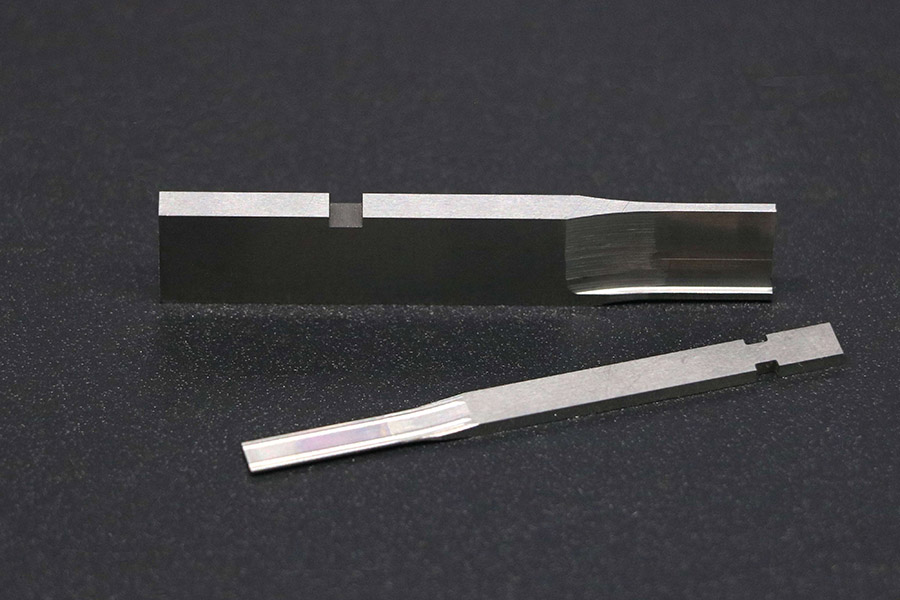
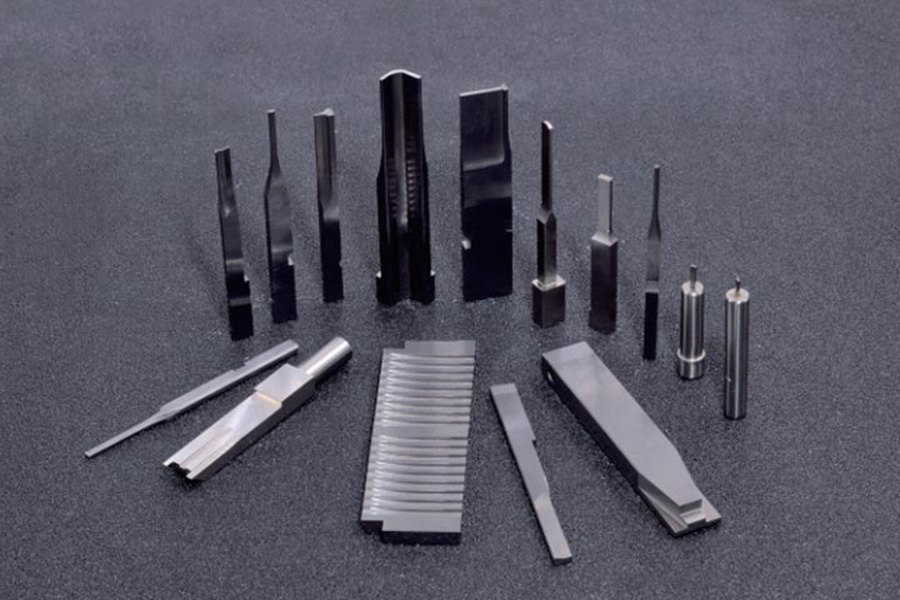
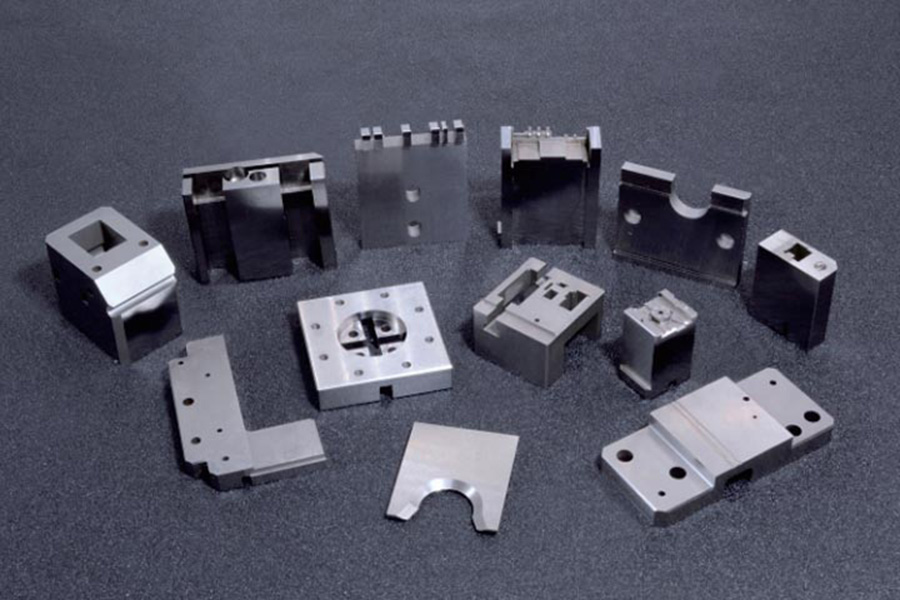
As we mentioned above, carbide punches and dies can be applied to many industries. Here’s how they are used in different applications:
Carbide punches and dies in the connector and terminal block industry
Carbide punches and dies are commonly used in the metal stamping process in the connector and terminal block components production. Metal stamping involves cutting, bending, and forming metal sheets into desired shapes. The metal stamping dies include some simple stamping dies, or progressive dies or transfer dies combined.
Carbide punches and dies are preferred for their ability to withstand the high pressures and repetitive impacts involved in metal stamping processes.
As connectors and terminals are small parts that need to use small stamping tools to make them even smaller with high accuracy. So they usually have higher tolerances around +/-0.002mm or even +/-0.001mm than normal components.
Carbide punches and dies in other industries
Carbide punches and dies can also be used in some other industries, for example, cold stamping for auto parts, and punching for medical tablets. It also can be used for cutting sheet plastic, or wood materials with durable lifetime.
As we talked about before, it needs good CNC machinists and good CNC machining machines combined to make carbide punches and dies.
And sometimes need good hard metal materials. There are various kinds of tungsten carbide brands and grades. If you aren’t familiar with different brands and grade quality, you may get failed in the first step.
So the make of carbide punches and die inserts is ultra-fine precision work. It needs experience, advanced equipment and materials combined. Then we can make these micro stamping die components for stamping tool presses for connectors and terminals.
Why use carbide materials?
As we know, the punches and dies are wearable components in the metal stamping dies whether large or small. So harder of the punches, more durable for use.
Actually, hardness is the basic character of the punches. There are also some other factors same important.
One is the accuracy of the punches, more accurate for the punches and dies inserts matched together, and more efficient and durable for use for stamping tools.
Another is the roughness of the punches, the surface roughness control is better, and it also will be more durable for use.
How to control the precision and roughness?
It refers to the machining technology and methods and also has some human factors. We need experienced and sophisticated CNC machinists, and we need good machining machines.
For example, PG optical profile grinding machines, wire EDM machines, precision plane surface grinding machines, and CNC milling and turning machines.
With these factors combined, accuracy can be ensured, and with correct machining methods, good RA/RZ surface roughness can be ensured.
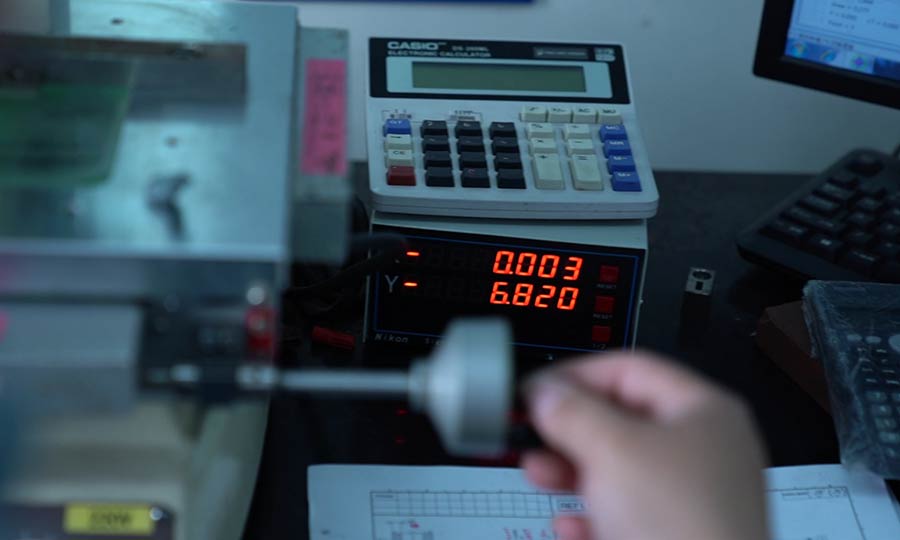
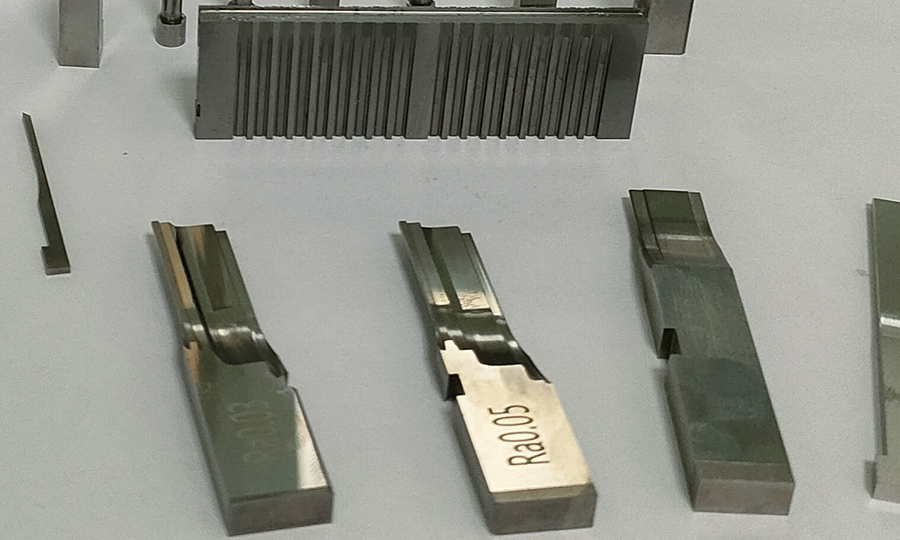
Stamping Die Components
Except for carbide punches and die inserts, there are also some of the other stamping die components, for example, stripper plates, guiding plates, main plates, slide blocks, etc.
These stamping die components are usually flat-shaped, or square-shaped that need CNC grinding, CNC machining, or Wire-cut EDM machining. The materials of them can be PMHSS steel, HSS steel, tool steel, bakelite, etc.
Overall, carbide punches and dies offer superior performance and longevity compared to traditional tooling materials like steel.
While they may be more expensive upfront, their extended lifespan and reduced need for frequent replacement often make them a cost-effective choice for industrial applications requiring high precision and durability.
Indeed, carbide punches and die inserts are mostly used in the stamping tools for producing connectors and terminals.